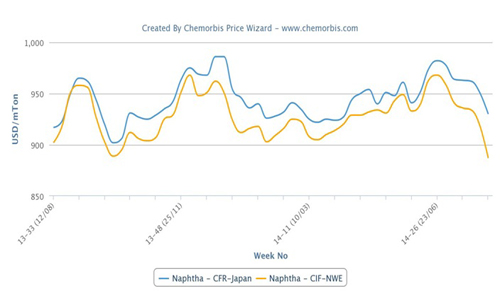Oil rose to nearly $50 a barrel on Thursday but gains were limited as mixed data from the United States and China reminded investors that any signs of economic recovery were tentative.
U.S. crude for May delivery rose 73 cents, or nearly 1.5 percent, to settle at $49.98 a barrel, after hitting $50.48 earlier in the day. ICE Brent crude for the new front month June climbed 62 cents to $53.06.
In the United States, the world’s largest energy consumer, the number of workers filing new claims for jobless benefits unexpectedly fell last week, but continuing claims rose to a record as the recession bit.
China, the world’s number two energy consumer, said its economy grew a slower-than-expected 6.1 percent in the first quarter but also showed improvements in March, signaling the worst of the slowdown could be over.
“Oil is only being supported near $50 a barrel by much higher prices along the forward curve, as the market expects fundamentals to improve toward the end of the year,” Bache Commodities broker Christopher Bellew said.
Oil contracts for delivery in December are trading near $60 a barrel.
FORECASTS FOR SLOW DEMAND
The Organization of the Petroleum Exporting Countries said on Wednesday world oil demand would fall 1.37 million barrels per day (bpd) in 2009, revised from its previous forecast for a fall of 1.01 million bpd.
Both the International Energy Agency (IEA) and the U.S. Energy Information Administration (EIA) have also cut their global demand forecasts as the slowdown curbs consumption.
But OPEC production cuts and a possible economic recovery are expected to tighten the market later this year.
Indeed, OPEC seaborne oil exports, excluding Angola and Ecuador, will fall 560,000 bpd to average 22.24 million bpd in the four weeks to May 2, UK consultants Oil Movements said on Thursday.
“The markets seem to be increasingly desensitized by the poor demand readings, as participants seem to be focusing on somewhat more upbeat prospects further down the road,” MF Global said in a note.
Still, inventories are piling up and may have to be burned down before prices rise substantially. The drop in demand has seen U.S. crude oil inventories soar to their highest level since September 1990, gaining 5.6 million barrels last week alone, the EIA’s weekly report showed on Wednesday.
Source: news.chemnet.com




